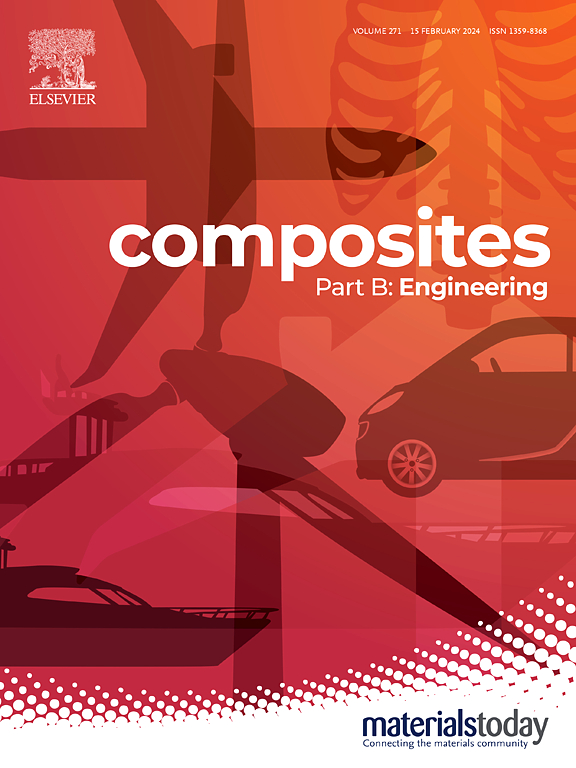Fruitful design of novel SrV2O6@MCM-41-based electrochemical sensor for carcinogenic carbendazim detection in complex real-world matrices
IF 12.7
1区 材料科学
Q1 ENGINEERING, MULTIDISCIPLINARY
引用次数: 0
Abstract
The detection of pesticide residues is critical for ensuring food safety and environmental health. Carbendazim (CBZ), a highly toxic systemic fungicide, has been linked to severe health and ecological concerns, necessitating the development of sensitive detection techniques. In this study, a novel SrV2O6@MCM-41 nanocomposite was fabricated through a facile co-precipitation method, combining the exceptional electrocatalytic properties of SrV2O6 with the high surface area and ordered porosity of MCM-41. The synthesized nanocomposite was systematically characterized using XRD, FT-IR, TEM, SEM, EDAX, and XPS to confirm its crystalline structure, morphology, and composition. Electrochemical studies, including cyclic voltammetry (CV), differential pulse voltammetry (DPV), and electrochemical impedance spectroscopy (EIS), demonstrated the SrV2O6@MCM-41-modified electrode's superior electrocatalytic activity for CBZ detection. The sensor exhibited a broad linear range (0.01–720 μM), good sensitivity of 1.08 μA μM−1 cm−2, a remarkably low detection limit of 5 nM, and exceptional selectivity even in the presence of potential interferents. Real-world applications were validated by analyzing CBZ in soil, water, and various fruit and vegetable samples, achieving high recovery rates (94.59–102.3 %) with minimal matrix effects. These findings highlight the potential of SrV2O6@MCM-41 as a robust and scalable material for advanced sensing technologies, offering a cost-effective, sensitive, and reliable solution for pesticide monitoring in complex matrices.

求助全文
约1分钟内获得全文
求助全文
来源期刊

Composites Part B: Engineering
工程技术-材料科学:复合
CiteScore
24.40
自引率
11.50%
发文量
784
审稿时长
21 days
期刊介绍:
Composites Part B: Engineering is a journal that publishes impactful research of high quality on composite materials. This research is supported by fundamental mechanics and materials science and engineering approaches. The targeted research can cover a wide range of length scales, ranging from nano to micro and meso, and even to the full product and structure level. The journal specifically focuses on engineering applications that involve high performance composites. These applications can range from low volume and high cost to high volume and low cost composite development.
The main goal of the journal is to provide a platform for the prompt publication of original and high quality research. The emphasis is on design, development, modeling, validation, and manufacturing of engineering details and concepts. The journal welcomes both basic research papers and proposals for review articles. Authors are encouraged to address challenges across various application areas. These areas include, but are not limited to, aerospace, automotive, and other surface transportation. The journal also covers energy-related applications, with a focus on renewable energy. Other application areas include infrastructure, off-shore and maritime projects, health care technology, and recreational products.
 求助内容:
求助内容: 应助结果提醒方式:
应助结果提醒方式:


